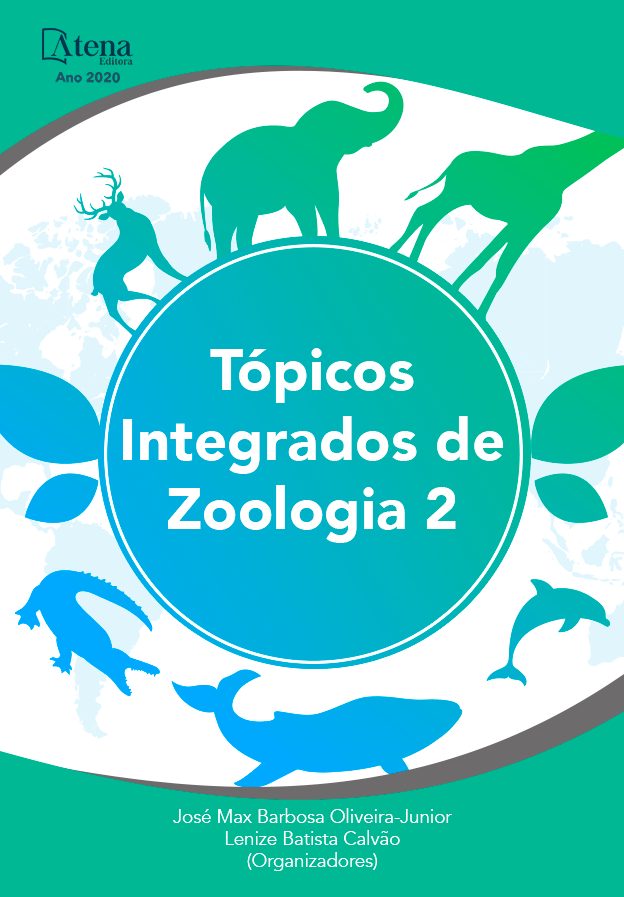
HÁBITOS ALIMENTARIOS DE LA MORRÚA Geophagus steindachneri (CICHLIDAE) EN LA CIÉNAGA DE BETANCÍ, COLOMBIA
Se estudiaron los hábitos alimentarios de la Morrúa Geophagus steindachneri (EIGENMANN & HILDEBRAND, 1922) en la ciénaga de Betancí, cuenca del río Sinú, Colombia. El contenido estomacal fue evaluado mediante el coeficiente de vacuidad, grado de digestión, frecuencia de ocurrencia, frecuencia numérica, gravimetría, y se estimaron el nicho trófico, el índice de equidad, la relación longitud intestinal-longitud total, las preferencias alimentarias de acuerdo con la talla y el índice de importancia relativa. Más de la tercera parte de los estómagos estudiados se encontraron vacíos (34.4%), mientras que la mayor parte del alimento consumido (72.9%) estaba medio digerido. Se identificaron 5 ítems o grupos alimentarios en la dieta: Material vegetal, Restos de peces, Insectos, Detritos y Sedimentos. Material vegetal fue el grupo alimentario más frecuente (72.1%), más abundante (42.3%) y con mayor composición en peso (69.3%), constituyéndose en el alimento principal o de mayor importancia en la dieta (IIR =50.0%), mientras que Restos de peces -a pesar de ser consumido frecuentemente-, Insectos, Detritos y Sedimentos son ítems con baja importancia relativa; encontrándose diferencias estadísticas significativas en este índice con respecto a la estructura de tallas de la especie en estudio. Los resultados alcanzados sugieren que la Morrúa es un pez de hábitos alimentarios omnívoros con tendencia herbívora y características lepidofágicas, que mantiene el consumo de los cinco grupos alimentarios al menos en las tallas más pequeñas.
HÁBITOS ALIMENTARIOS DE LA MORRÚA Geophagus steindachneri (CICHLIDAE) EN LA CIÉNAGA DE BETANCÍ, COLOMBIA
-
DOI: 10.22533/at.ed.6242013114
-
Palavras-chave: Dieta, Preferencias alimenticias, Conservación, cuenca del río Sinú.
-
Keywords: Diet, Food preferences, Conservation, Sinú River basin.
-
Abstract:
The feeding habits of Morrúa Geophagus steindachneri (EIGENMANN & HILDEBRAND, 1922) in the ciénaga de Betancí, Sinú River basin, Colombia were studied. The stomach content was analyzed using the proportion of empty stomachs, grade of digestion, frequency of occurrence, numerical frequency, gravimetry, and the trophic niche, the equity index, the gut length-total length relationship, food preferences according to size and the relative importance index were estimated. More than a third of the stomachs studied were empty (34.4%), while most of the food consumed (72.9%) was half digested. Five food groups in the diet were identified: Vegetal matter, Fish remains, Insects, Debris and Sediments. Vegetal matter was the most frequent food group (34.4%), the most abundant (42.3%) and with the highest composition by weight (69.3%), making it the main or most important food in the diet (RII =50.0%), while that Fish remains -in spite of being consumed frequently-, Insects, Debris and Sediments are items with low relative importance; finding significant statistical differences in this index with respect to the size structure of the species under study. The results achieved suggest that the Morrúa is a fish with omnivorous feeding habits with an herbivorous tendency and lepidophagic characteristics, which maintains the consumption of the five food groups at least in the smallest sizes.
-
Número de páginas: 15
- Rafael R. Macea-Portillo
- Yovilma R. Petro-Hoyos
- Ángel L. Martínez-González
- Glenys Tordecilla-Petro
- Fredys F. Segura-Guevara
- Delio C. Solano-Peña
- William A. Pérez-Doria
- Charles W. Olaya-Nieto


